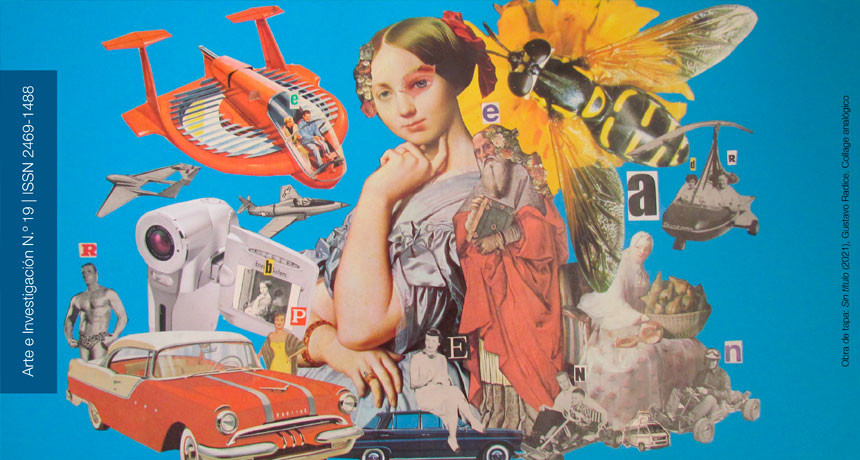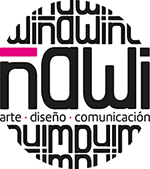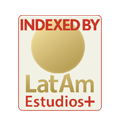An Eternal Sticker
Appropriation in Contemporaneous Artistic Poster
DOI:
https://doi.org/10.24215/24691488e066Keywords:
Poster, paste-up, appropriation, postproductionAbstract
In this paper we explore the way in which artists appropriate the poster device and put its semiotic and relational dimension in motion, also analyzing the material and rhetorical procedures of reinterpretation and relocalization involved in its production. Likewise, the technical, social and cultural transformations that have favored such development will be explored. For this, we will consider a paste-up installation promoted by the collective Ilusión Gráfica in tribute to the artist Juan Carlos Romero, on November 4th 2017, in the context of the 4th edition of the Contemporary Graphic Festival Presión, held in the cultural center Azul un Ala, in La Plata.Downloads
References
Bourriaud, N. (2017). Estética Relacional. Ciudad Autónoma de Buenos Aires, Argentina: Adriana Hidalgo editora.
Groys, B. (2009). La topología del arte contemporáneo. Esfera Pública. Recuperado de http://esferapublica.org/nfblog/la-topologia-del-arte-contemporaneo
Ilusión Gráfica. (2017). La vida es [Registro fotográfico]. Recuperado de https://www.instagram.com/p/BbFjs3UjDwX/
Jiménez, J. (1986). Imágenes del hombre. Fundamentos de estética. Madrid, España: Tecnos.
Jiménez, J. (2006). Teoría del arte. Madrid, España: Tecnos.
Michaud, Y. (2007). El arte en estado gaseoso. Ensayo sobre el triunfo de la Estética. México D.F., México: Fondo de Cultura Económica
Scolari, C. A. (2019). Media Evolution. Sobre el origen de las especies mediáticas. Ciudad Autónoma de Buenos Aires, Argentina: La Marca Editora.
Sontag, S. (1970). El Afiche: publicidad, arte, instrumento político, mercancía. En AA. VV., Fundamentos del Diseño Gráfico (pp. 239-265). Ciudad Autónoma de Buenos Aires, Argentina: Ediciones Infinito.
Steyerl, H. (2014). Los condenados de la pantalla. Ciudad Autónoma de Buenos Aires, Argentina: Caja Negra.
Downloads
Published
How to Cite
Issue
Section
License
The acceptance of the manuscript by the magazine means the non-exclusive cession of the property rights of the authors in favour of the editor, who allows the reuse, after publication (post print), under a license Attribution-NonCommercial-NoDerivatives 4.0 International. According to these terms, the material can be copied and redistributed by any means or in any format as long as a) the author and original source of the publication are quoted (magazine and URL of the work), access to the license is provided and whether changes have been made is mentioned; and b) the material is not used for commercial purposes.
The cession of non-exclusive rights means that after the publication (post print) in Arte e Investigación the authors can publish their work in any language, means and format; in such cases it must be mentioned that the material was originally published in this magazine. Such cession also means the authorization of the authors for the work to be collected by SEDICI, the institutional archive of the National University of La Plata, and to be spread in the databases that the editorial team considers appropriate to increase the visibility of the publication and its authors.
Moreover, the magazine encourages the authors to deposit their productions in other institutional and thematic archives under the principle that offering the society the scientific and academic production without any restrictions contributes to a greater exchange of the global knowledge.


































